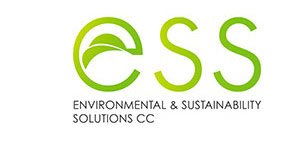Environmental Management Accounting
Many environmental costs are hidden in overhead accounts. Environmental Management Accounting (EMA) aims at identifying and managing an organisation’s total environmental costs by measuring
- physical quantities of resources used and waste generated,
- costs related to resource use and waste, and
- all other environmentally related costs.
The integrated analysis of physical and monetary information allows an organisation to reduce the environmental impact of its activities, and improve eco-efficiency and cost-efficiency at the same time.
EMA can be applied on its own or, more powerfully, in combination with Material Flow Cost Accounting and Resource Efficiency and Cleaner Production.
EMA can be linked to carbon and water foot printing. It also provides information for sustainability and integrated reporting.
The application of EMA is guided by the issued by the International Federation of Accountants (IFAC) in December 2005. Maryna Möhr was a member of the United Nations Expert Working Group on EMA which developed the guidance document.
An EMA assessment can be followed by the development of an environmental management accounting system (EMAS) which is based on existing accounting and other information systems to make relevant information on environmental resource use and impacts continuously available for management purposes.
Services include:
- Environmental cost assessments
- Integration of EMA in accounting systems
- Implementing EMA systems
- Linking EMA with sustainability and integrated reporting
- Advice on environmental costs, revenue, assets and liabilities
- Training on EMA

